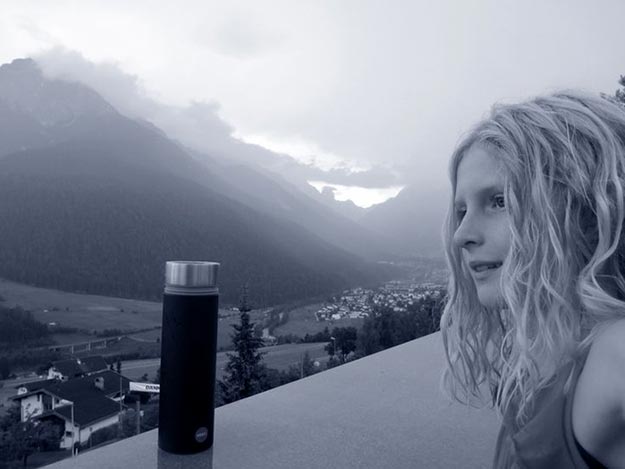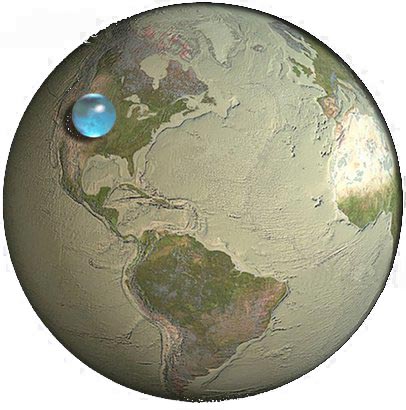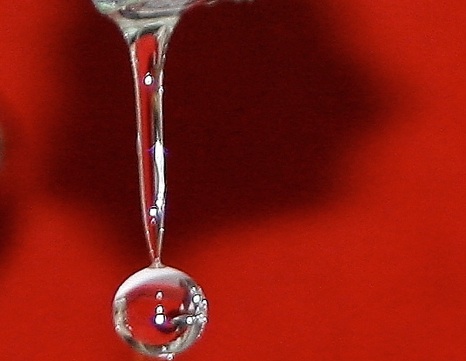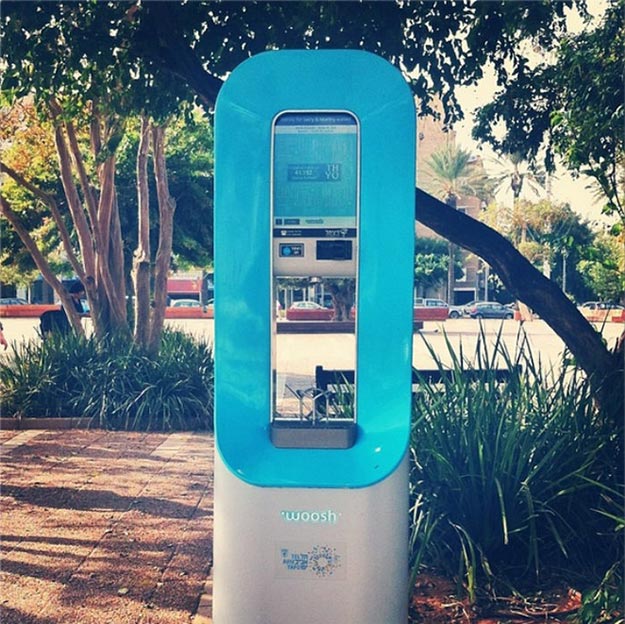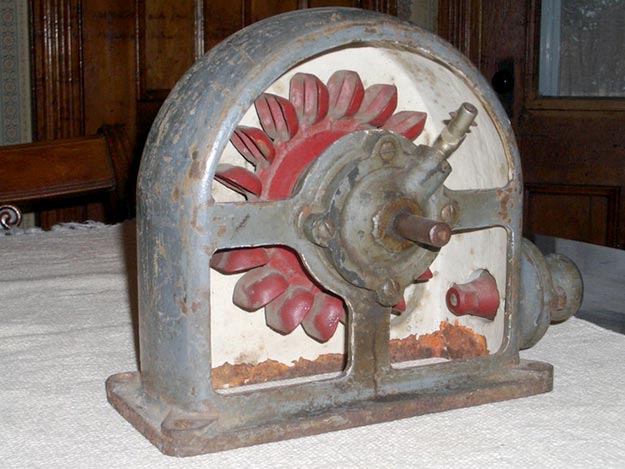The terrible pun in the title is courtesy of Gizmag, where I learned about this device. Most serious water filters need serious pumping or squeezing or sucking as they try to force the water and all the gunk in it through a relatively small filter.
The Grayl works like a French press coffee maker, increasing the surface area of the filter to the size of the cup, reducing the pressure required significantly. It is one of those ideas that make so much sense. Read more

